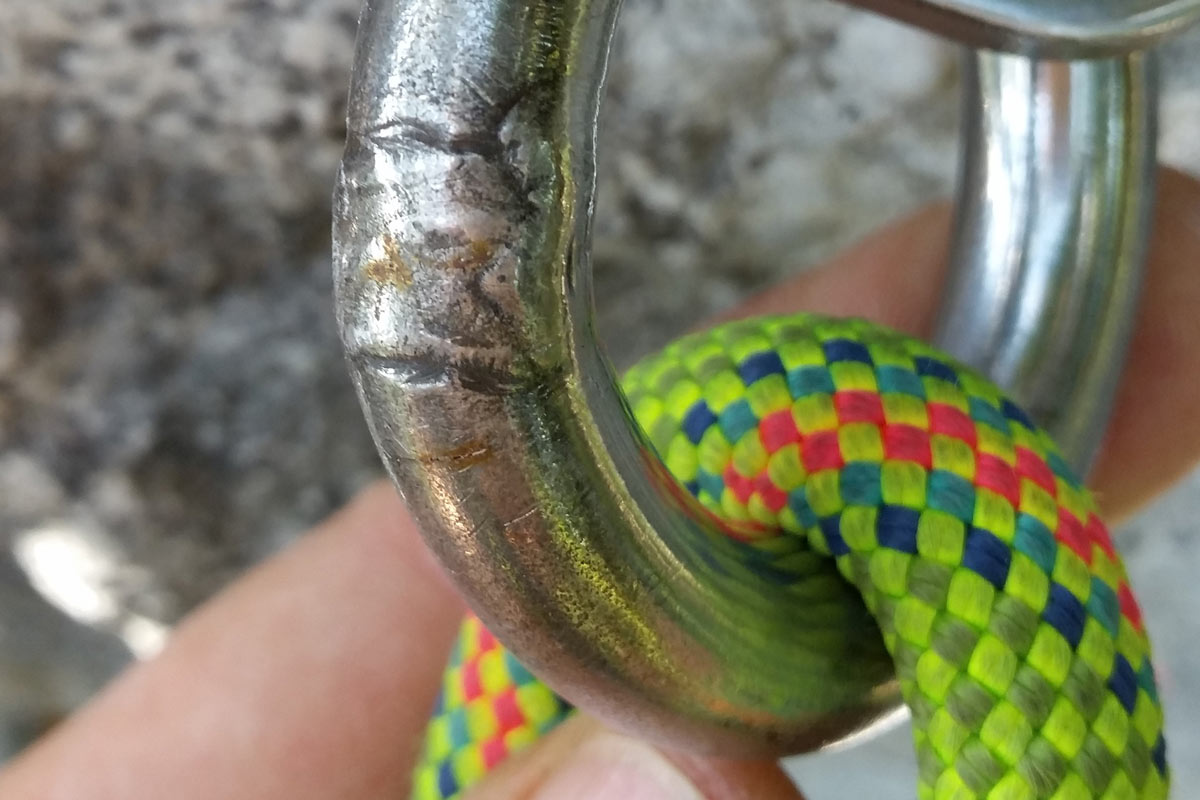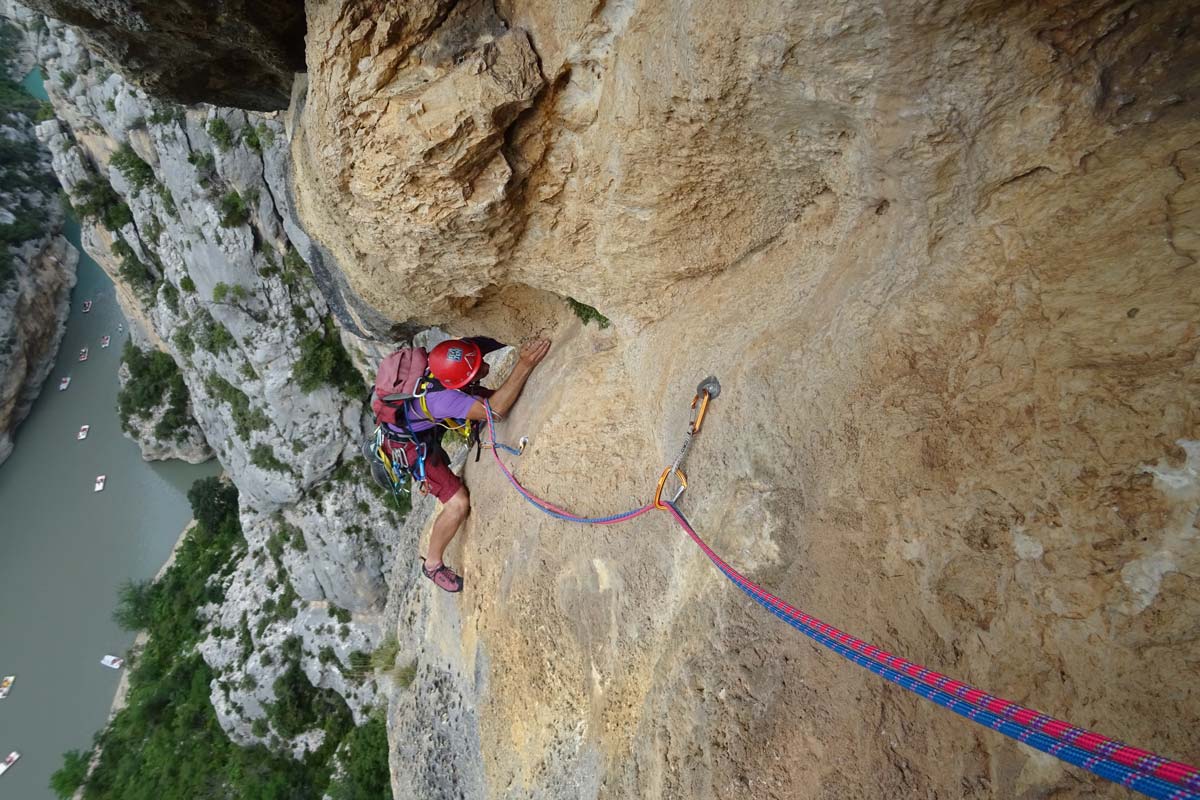Developing the highest standards for climbing gear has been one of the cornerstones of the UIAA since the 1960s. Spearheaded by its Safety Commission, significant investment and resources are deployed to continually review international standards for climbing and mountaineering equipment as well as identify potential new ones.
UIAA Safety Commission President Lionel Kiener recently provided the following update on the progress of safety standards while underlying the importance for the end user, the climber.
UIAA Rock Anchors: new Certified Products on the Market
The UIAA revised its Rock Anchor standard (UIAA 123) in 2020. A supporting guide in English, and further details on the revised Standard 123 can be found here. It is also translated into seven languages. The release of this standard followed years of research and development work which primarily took into account the impacts of corrosion and stress corrosion cracking failures.
Several manufacturers have applied for the new standard and seen their products pass the test. There are three classes in the standard (low corrosion, general corrosion and stress cracking levels) and different tests are conducted for each of them. The UIAA encourages other manufactures to certify their rock anchors to the new standard. For climbers a list of certified products can be found on the UIAA database.
Kiener identifies where greater awareness is needed at a grassroots level: “Bolters should really take this new standard into consideration while climbers need to be mindful that it may take a while for anchors on old routes to be upgraded. It is important that they are. The standard was developed because of known failures in the field. Failures can have significant and fatal consequences.”
The UIAA continues to update its map of known anchor corrosions and is very grateful to climbers who have submitted case studies for the project. The general public can contribute to this research by completing the following online form.
Anchors: the Next Challenge, Welding in top Anchors
A consequence of the rock anchor research was discovering numerous issues with the welded ring on top anchors.
The UIAA launched a new study into such welds, randomly selecting products from UIAA Safety Label Holders and submitting them for testing at an independent laboratory in Brest, France.
The initial report received confirms the issue with some products, notably the presence of voids or cracks within the middle of the welded ring itself. Furthermore there is evidence that some material is not what it is claimed to be and is of a lower grade and therefore more prone to corrosion.
Some defects are pretty consistent across all products like evidence of voids inside the welded area. Issues with lower grade material was more limited to a few different manufacturers. In some instances where manufacturers purchased pre-welded chains and then self-welded the anchors and final ring, the analysis found more issues with the latter part of the process.
“The next steps will be a possible further revision of UIAA 123. Before that, the UIAA will work directly with manufacturers to improve their production, quality control process and conduct some further testing,” explains Kiener.
What Standards are Coming Soon?
The Commission is always looking at implementing new standards. One such project is a standard for headlamps. In the near future a revision for UIAA 106 Helmets is likely. Discussions are ongoing regarding an avalanche beacon standard.
As Kiener explains: “Discussions regarding new or revised standards are always ongoing between SafeCom delegates and manufacturers. In some instances, the manufacturers themselves develop testing on products, like Petzl has with headlamps, and then his research can be taken onto the next level as a start for an international standard. In the case of avalanche beacons, the need comes from the end user given the massive discrepancy in product performance on the market.”
Importance of the UIAA Safety Label
The Commission continues to work on the promotion of the UIAA Safety Label. Last year it launched an awareness video.
The launch of this video was a significant undertaking. It was designed to provide greater education about the importance of UIAA certified equipment.
As Kiener reveals: “It is not just a case of people knowing the four letters UIAA, but understanding that the UIAA is truly independent from manufacturers, from laboratories, and that the standards are truly global. In Europe, it is less an issue as there are also the CE standards so climbers can be confident that any purchase made from a trusted source should perform to expectations. In the rest of the world, there are more issues and people are often buying what is on the market, and this can include both used and counterfeit products.”
Kiener closes with the following message: “It is important that climbers know that when buying a UIAA certified product it not only conforms to the highest international standards but by purchasing the product, the climber is also contributing to the future development of equipment safety.”
The UIAA plans on working more closely with manufacturers on making access to information about the UIAA Safety Label clearer whether on their websites or on product packaging.
Further Reading
Recalls & Warnings database
Certified equipment database
Climber safety advice
Main photo credit: Alpine Club of Canada/Peter Hoang




